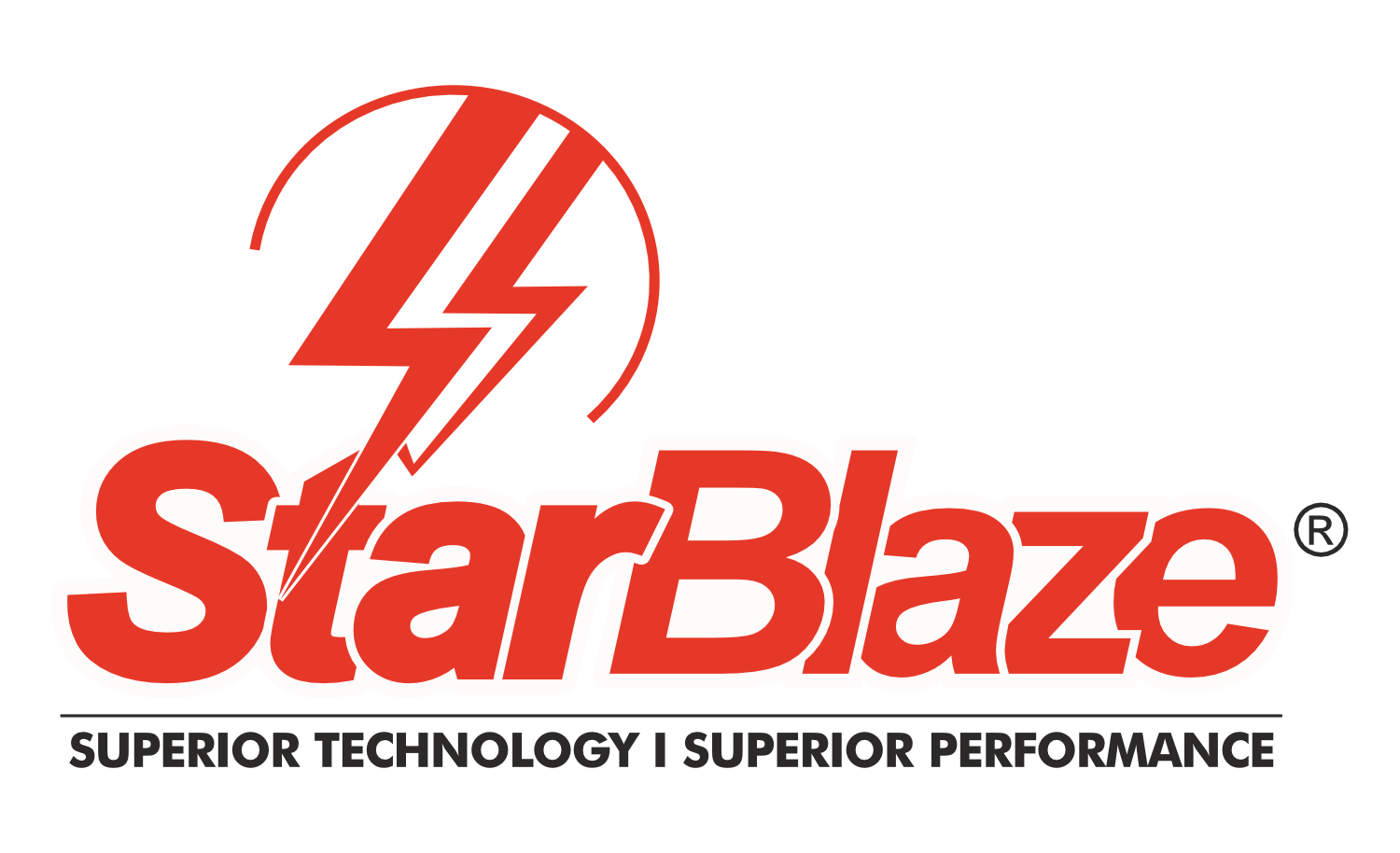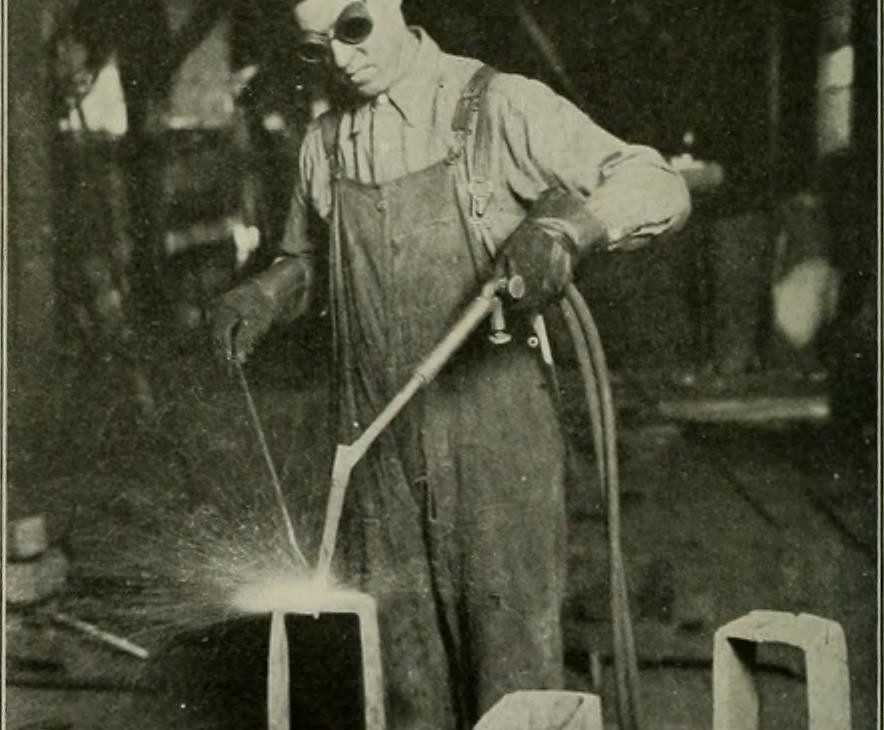Welding is one of the foundational technologies that powers the modern industrial world. From the construction of skyscrapers to the repair of heavy machinery, from pipelines to automobiles — welding holds everything together. But how did this indispensable craft evolve into the sophisticated, high-precision process we know today?
Let’s explore the remarkable history of welding — a journey that spans centuries of innovation and industry transformation.
Ancient Beginnings: The Birth of Welding Techniques
The roots of welding trace back over 2,000 years. Evidence from the Bronze Age shows that metalworkers in ancient Egypt and Mesopotamia used rudimentary techniques to join metals like copper and bronze. Forge welding — the process of heating metals and hammering them together — was a standard method for centuries. Blacksmiths used this technique to craft weapons, tools, and ornamental items, laying the foundation for what would evolve into modern welding technology.
The Industrial Revolution: A Turning Point
The 18th and 19th centuries brought dramatic changes. The Industrial Revolution not only introduced mass production but also drove the need for stronger and more reliable joining methods. Around 1800, Sir Humphry Davy’s discovery of the electric arc sparked a new era. By the late 1800s, arc welding emerged, using carbon and metal electrodes to fuse metals together.
This breakthrough led to the development of welding machines that could harness electrical energy for efficient metal joining. As industries expanded — from railways to shipbuilding — the demand for reliable welding electrodes and power sources skyrocketed.
The 20th Century: Welding Goes to War and Beyond
Welding saw tremendous growth during World War I and World War II. As nations ramped up their production of ships, tanks, and aircraft, traditional methods were no longer fast or strong enough. This led to rapid innovation in arc welding, resistance welding, and gas welding techniques.
Post-war, these advancements translated into civilian applications. Welding became essential in building bridges, pipelines, refineries, and manufacturing facilities — industries that still rely heavily on MRO solutions for equipment upkeep and industrial coatings to prevent corrosion.
The mid-century also saw the rise of shielded metal arc welding (SMAW), gas tungsten arc welding (GTAW), and submerged arc welding (SAW). These processes, combined with the introduction of specialized welding consumables, boosted the precision and durability of welded structures.
Automation and Robotics: Welding in the Digital Age
As we entered the late 20th and early 21st centuries, welding embraced the digital revolution. Robotic welding and automation solutions became central to industries seeking higher productivity, precision, and safety. Automotive and electronics manufacturing, in particular, benefited from programmable welding machines capable of handling complex tasks with minimal human intervention.
Today’s automation and robotic welding systems are equipped with advanced sensors, real-time monitoring, and AI-based controls that ensure consistent quality and reduce downtime. These systems are supported by equally advanced MRO sprays and consumables that enhance performance and extend service life.
Welding Today: Smarter, Safer, and More Sustainable
Modern welding is not just about joining metals — it’s about building smarter, more resilient infrastructures. Companies like StarBlaze and Superon are leading the way with state-of-the-art welding consumables, cutting-edge machines, and MRO aerosol sprays tailored for industries like power, cement, mining, oil & gas, railways, and automobiles.
Additionally, the role of industrial paints and coatings in protecting welded surfaces has grown in importance. These coatings prevent oxidation, corrosion, and environmental wear — especially in harsh industrial environments.
With rising focus on sustainability, many manufacturers now seek eco-friendly MRO solutions and energy-efficient welding technologies that reduce environmental impact while maintaining performance.
The Future of Welding: Innovation Never Stops
The journey of welding is far from over. With emerging technologies like laser welding, friction stir welding, and even 3D metal printing, the future holds exciting possibilities. Augmented reality (AR) is already being used to train welders, while IoT-enabled welding equipment is helping industries monitor productivity in real time.
Training and upskilling will be crucial — and that’s where dedicated welding training centers play a vital role, helping technicians stay ahead of the curve in an evolving landscape.
Final Thoughts
From humble beginnings in ancient times to today’s robotic precision, welding has transformed our world. Whether it’s through durable welding electrodes, high-performance MRO aerosols, or smart automation solutions, welding continues to be the backbone of industry and infrastructure.
And as we look ahead, one thing is clear — the future will be Smarter with StarBlaze and Stronger with Superon.


